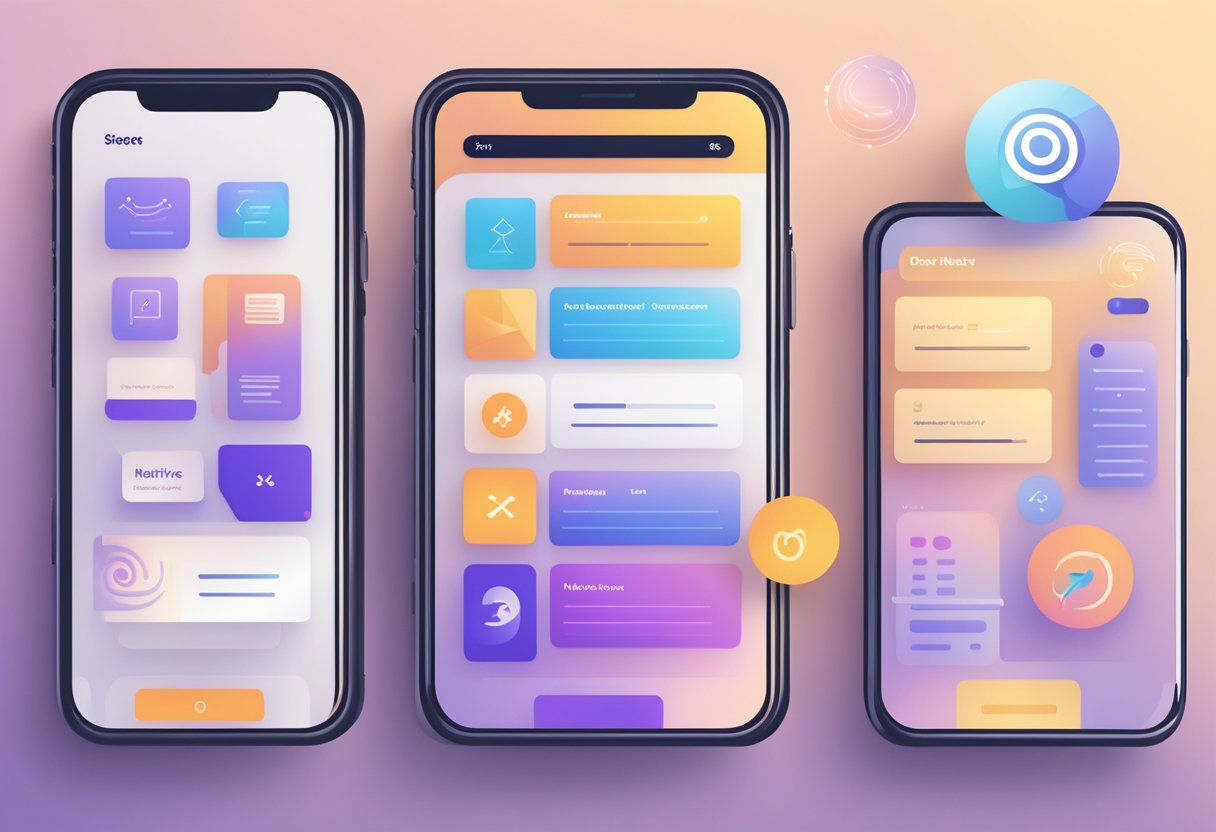React Native has become a popular framework for building mobile applications due to its ability to create cross-platform applications with a single codebase. However, there are limitations to the components that can be created using React Native. This is where extending React Native components with native views comes in, unleashing the power of native development.

By extending React Native components with native views, developers can create more complex and powerful components that take advantage of the full capabilities of the underlying platform. This allows for a more seamless integration of native features into a React Native application, resulting in a more polished and performant user experience.
In this article, we will explore the benefits of extending React Native components with native views and provide examples of how this can be done. We will also discuss the potential drawbacks and challenges of this approach, as well as best practices for implementing it in your own React Native projects.
Índice De Conteúdo
Fundamentals of React Native and Native Views
Understanding React Native Components
React Native is a popular framework for building mobile applications using JavaScript and React. It allows developers to create mobile applications for both iOS and Android platforms using a single codebase. React Native uses a declarative programming model to create user interfaces, which makes it easy to understand and use.
React Native components are the building blocks of the user interface. They are similar to the components in React and can be reused across different screens. React Native provides a set of core components such as View, Text, Image, ScrollView, etc. that can be used to create complex user interfaces.
Bridging Native Views with React Native
React Native also allows developers to extend the capabilities of the framework by integrating native views. This is done using the Native Modules and Native Components APIs.
Native Modules are JavaScript modules that bridge the gap between the JavaScript code and the native code. They allow developers to expose native functionality to JavaScript and vice versa. Native Modules can be used to access device-specific features such as camera, accelerometer, etc.
Native Components are custom UI components that are implemented using native code. They can be used alongside React Native components to create complex user interfaces. Native Components are typically used to implement complex animations, charts, or custom UI controls.
By leveraging the power of Native Modules and Native Components, developers can create high-performance, complex user interfaces that are not possible using React Native components alone.
Advanced Integration Techniques
React Native offers a powerful way to extend its components with native views. In this section, we’ll explore some advanced integration techniques that allow developers to unleash the full power of native views in their React Native apps.
Custom Native View Managers
Custom native view managers are a great way to add custom views to your React Native app. By creating a custom native view manager, developers can register their own native views with React Native and use them just like any other React Native component.
Custom native view managers can be used to create complex, high-performance views that are not possible with React Native’s built-in components. For example, a custom native view manager can be used to create a custom map view that is optimized for performance and provides advanced features like custom markers and overlays.
Event Handling and Communication
Event handling and communication are important aspects of integrating native views with React Native. React Native provides a powerful event system that allows developers to handle events from both React Native components and native views.
Developers can also use communication techniques like props and callbacks to pass data between React Native components and native views. This allows developers to create highly interactive and responsive apps that seamlessly combine React Native components and native views.
Performance Optimization
Performance optimization is crucial when integrating native views with React Native. Native views can offer significant performance benefits over React Native components, but they can also introduce performance issues if not used correctly.
Developers can use techniques like view recycling and lazy loading to optimize the performance of their native views. They can also use profiling tools like the React Native Performance Monitor to identify performance issues and optimize their app’s performance.
In conclusion, by using advanced integration techniques like custom native view managers, event handling and communication, and performance optimization, developers can unleash the full power of native views in their React Native apps.

